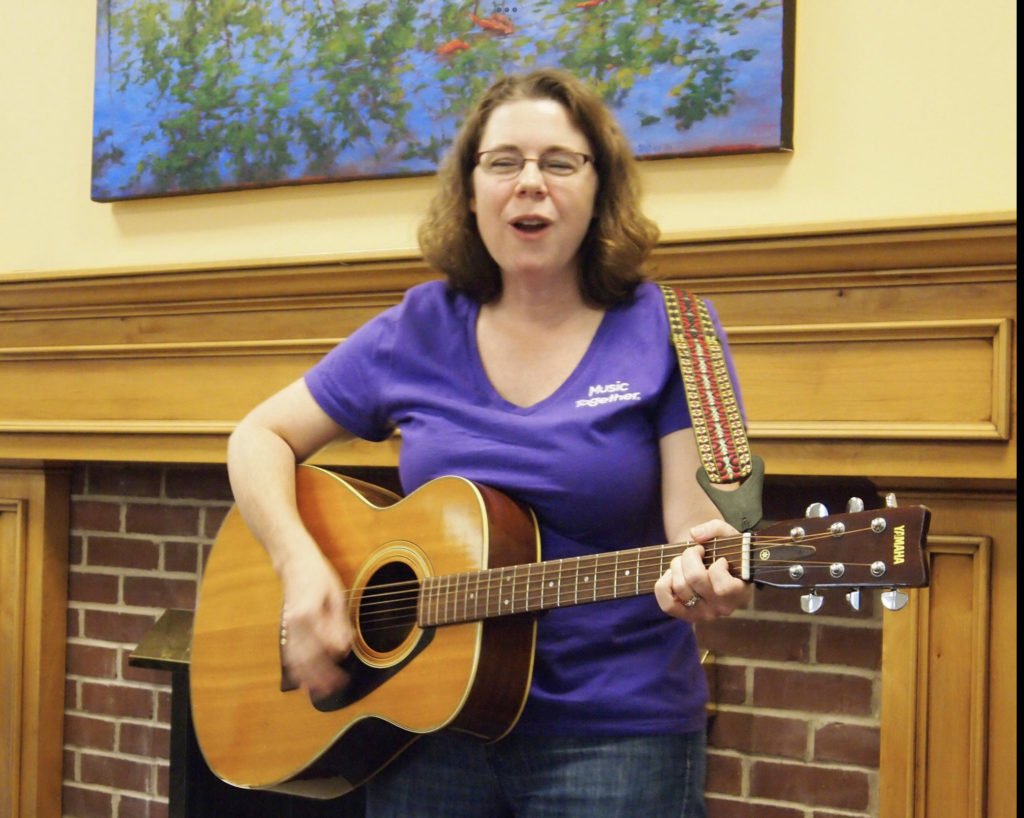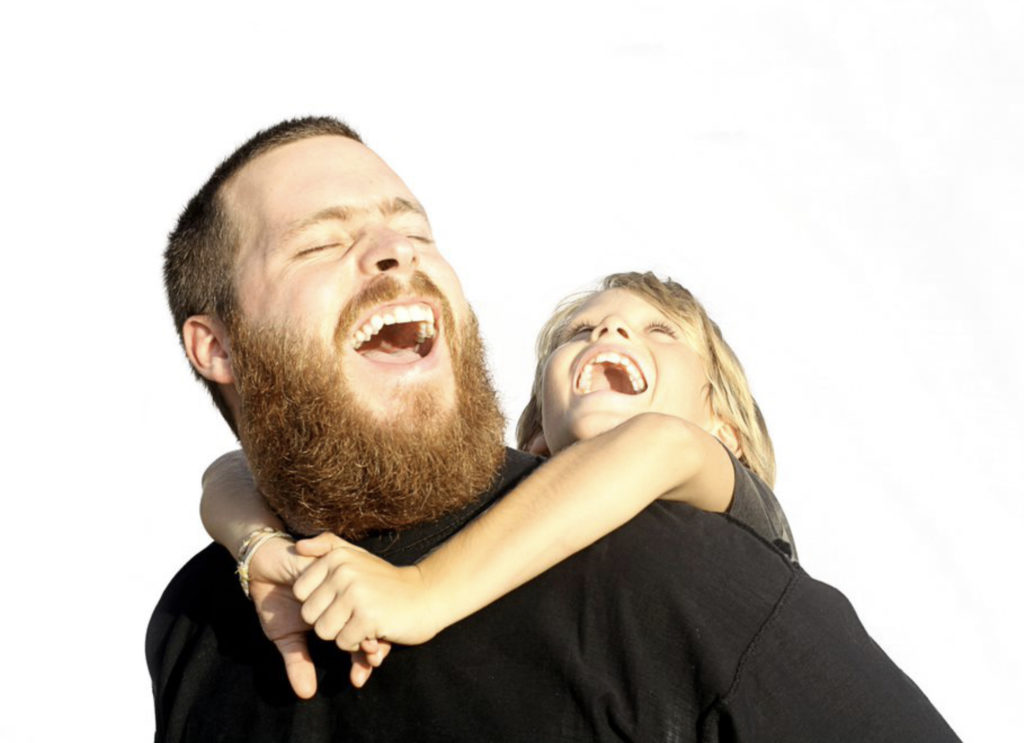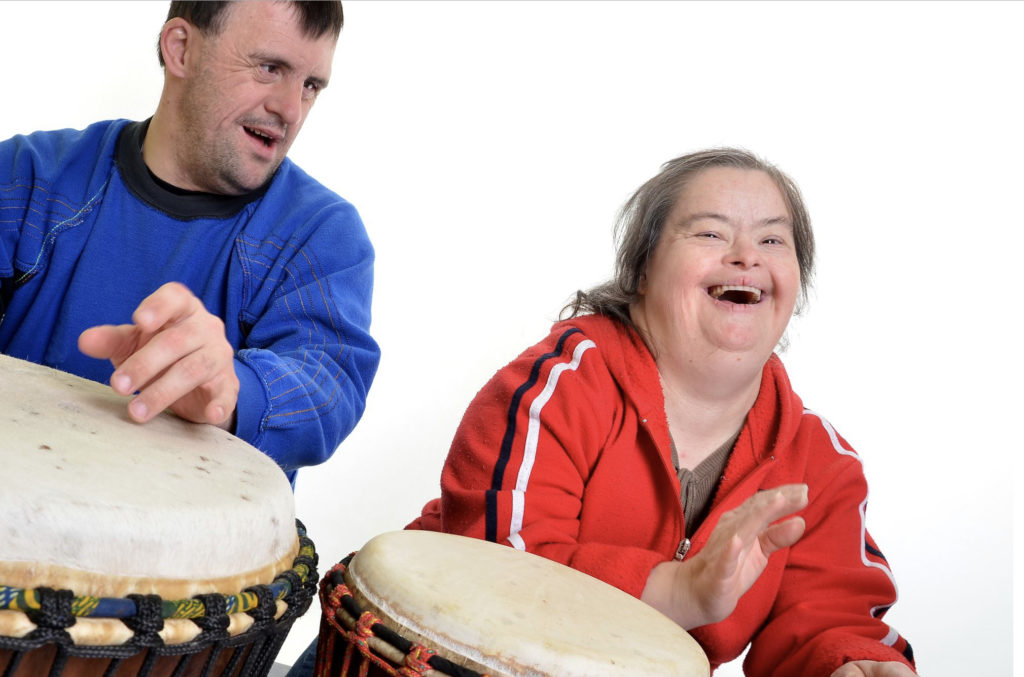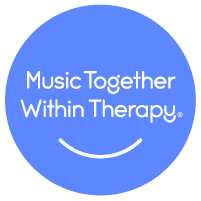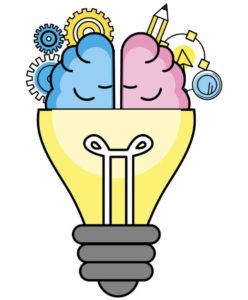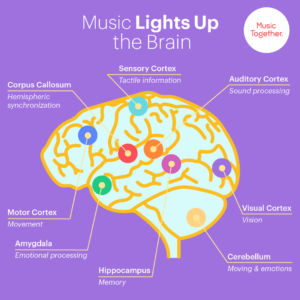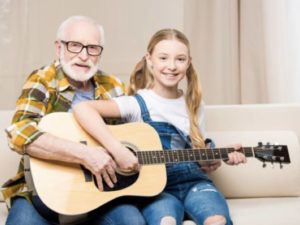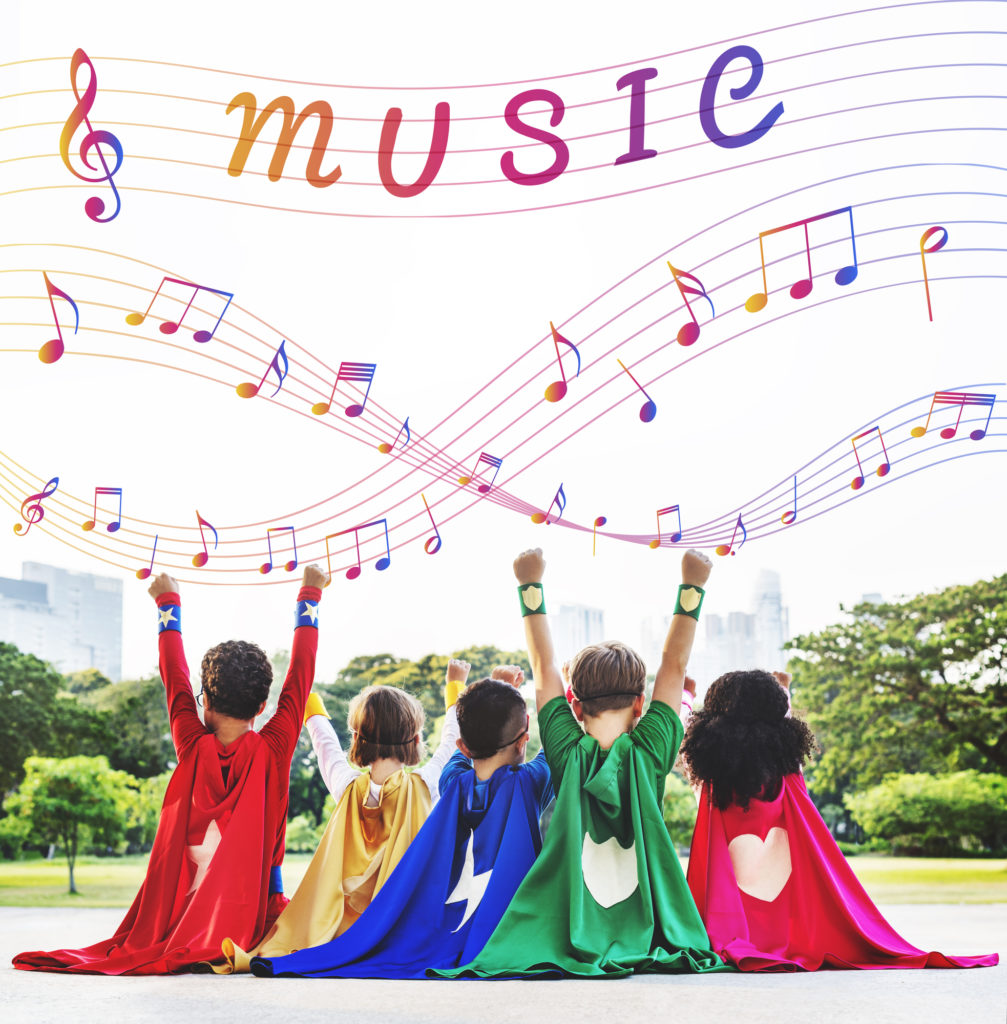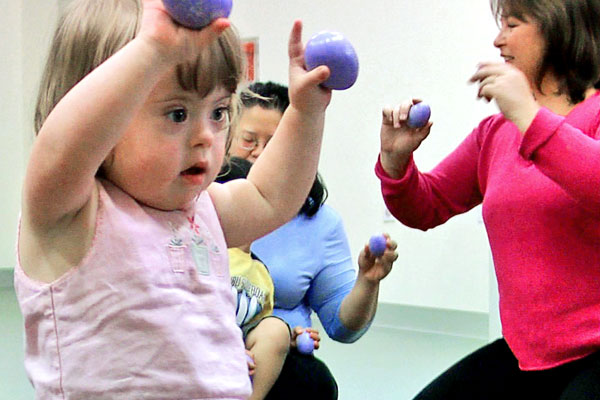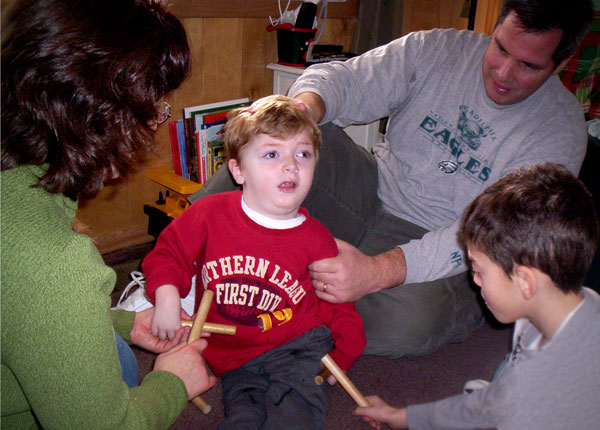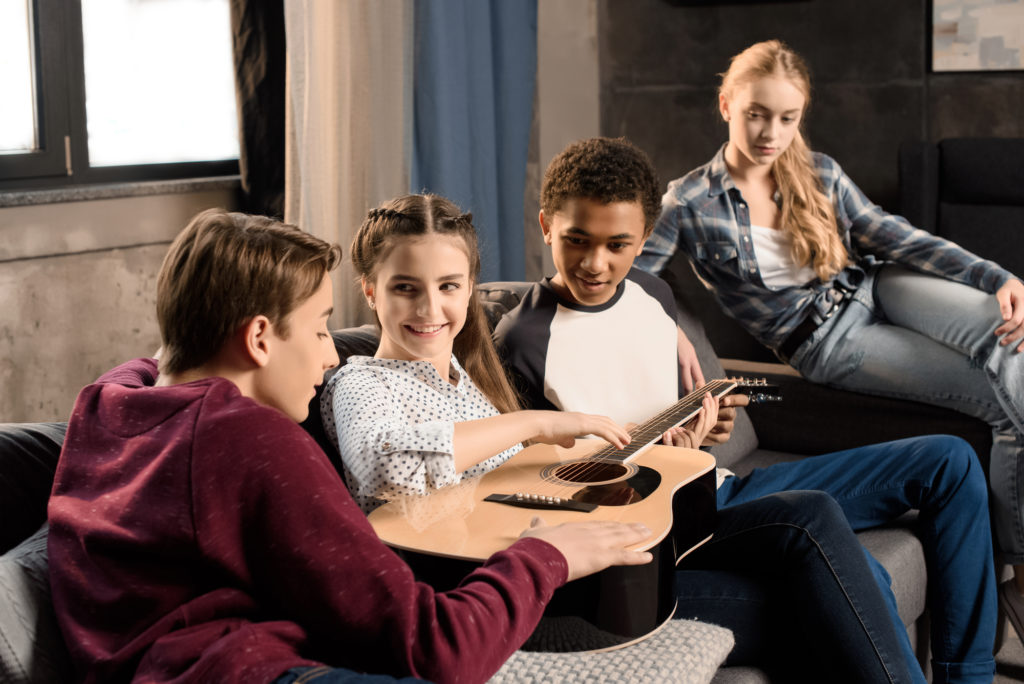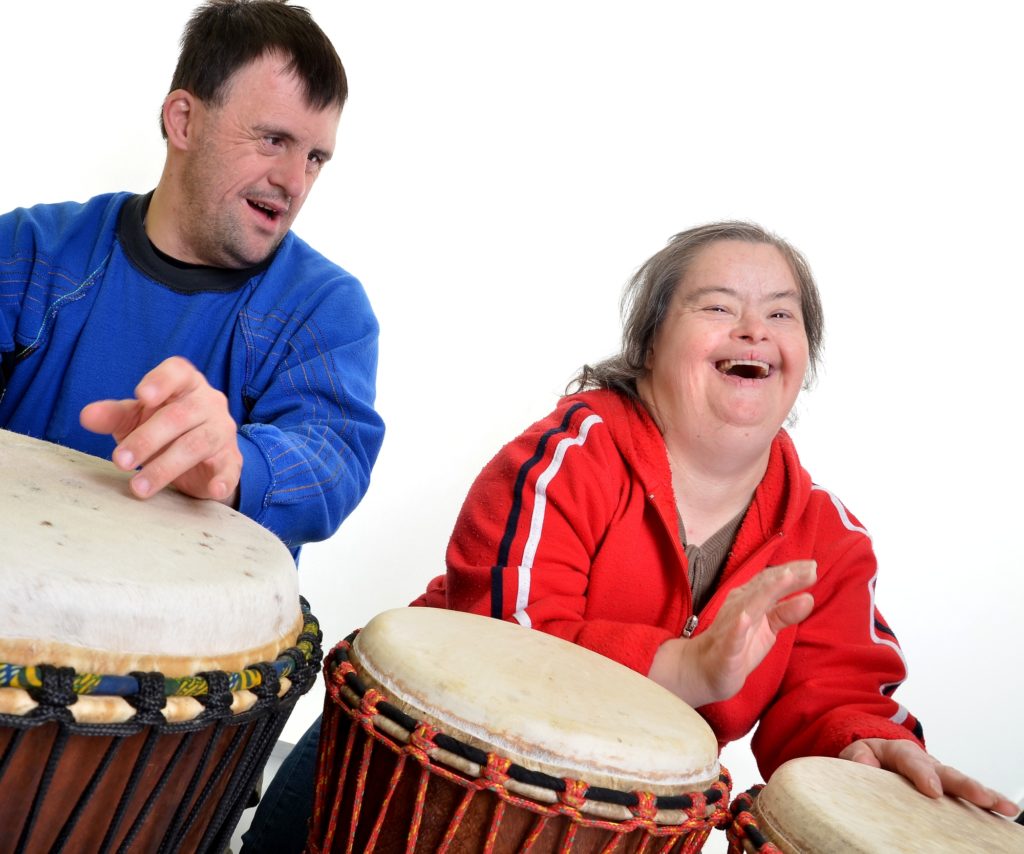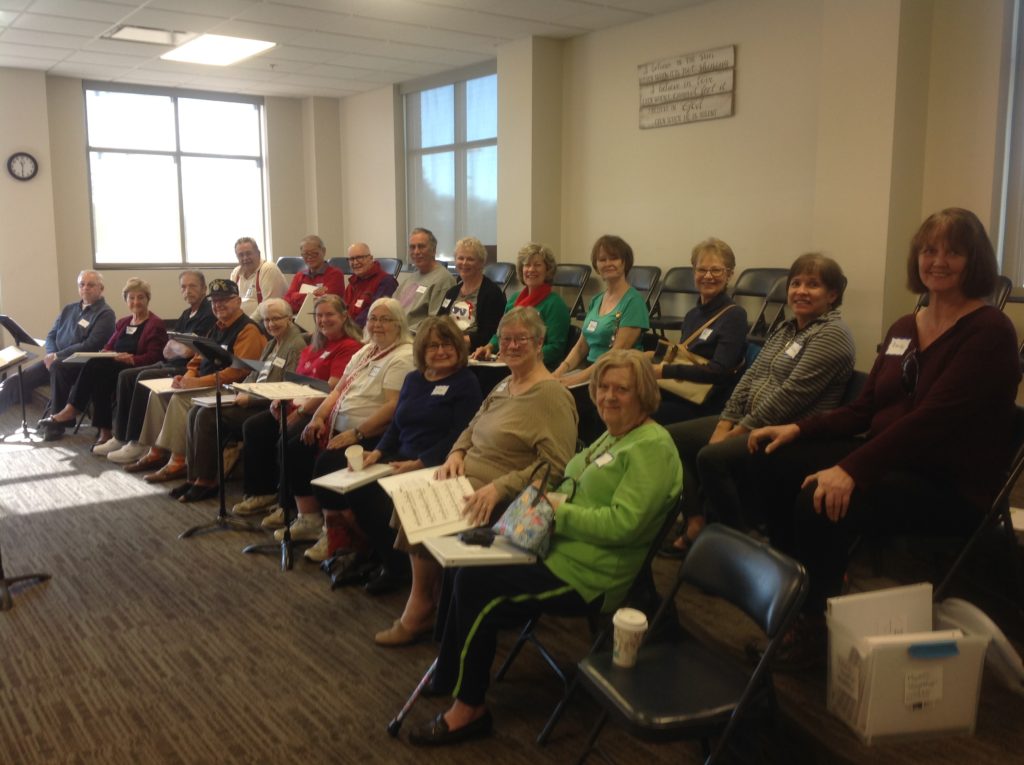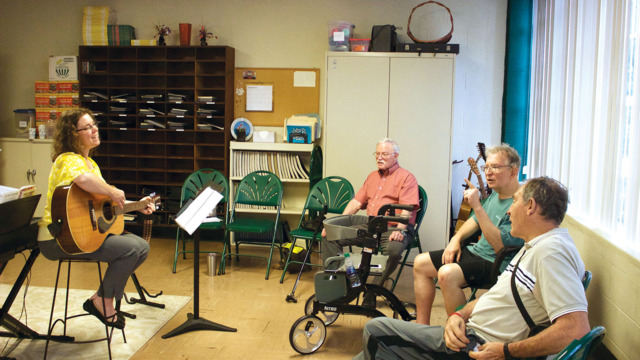Exploring the power of play, voice, and connection through music
A small wooden figurine taps the surface of a gathering drum. A child is lost in the moment of play. He reaches to take the figurine’s out of the hands of his music therapist. She prompts him to say before handing them over to him, “May I have the person, please?” repeats the ask. In that moment, music therapy becomes more than a modality—it becomes connection.
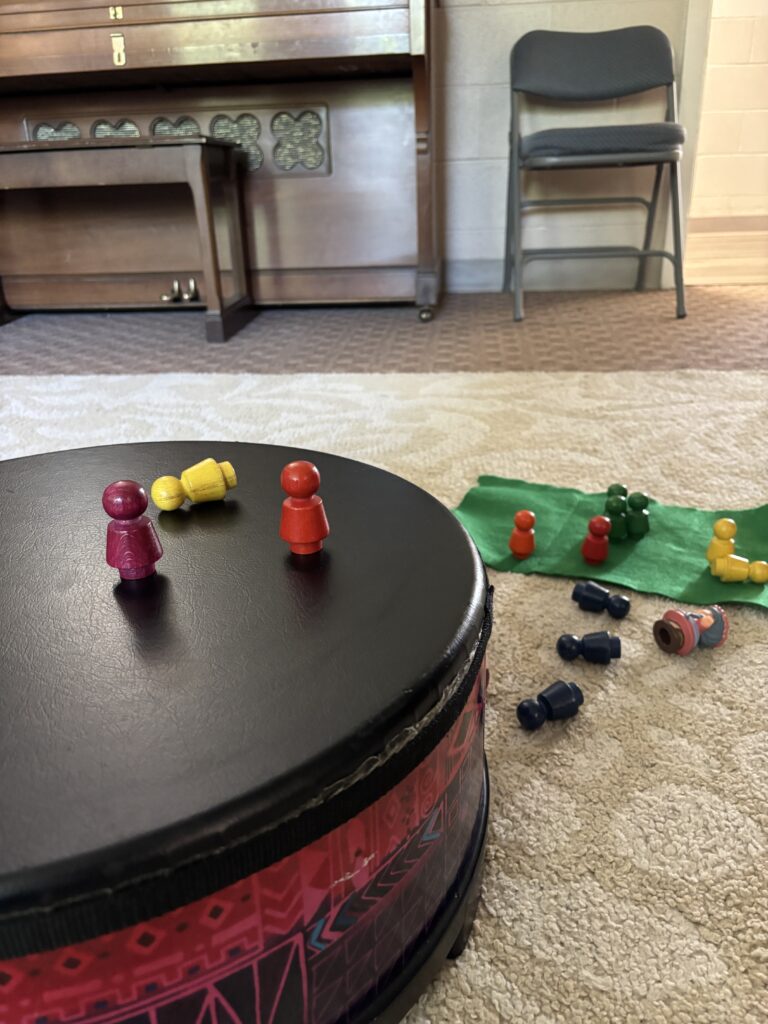
How is music therapy progress tracked?
After every session, I write a case note—a snapshot of what happened—so I can track progress over time. I often use the SOAP note format, a concise and widely used method among therapists that highlights the most meaningful actions a client took toward their goals.
📝 What Is a SOAP Note?
A SOAP note is a structured method used by healthcare professionals to document client encounters. Here’s how I apply it in music therapy:
- S – Subjective: The client’s words, communication, and responses during the session (e.g., “May I have a turn?”).
- O – Objective: Observable and measurable behaviors witnessed by the therapist.
- A – Assessment: Interpretation of the client’s mood, emotional expression, and progress toward goals.
- P – Plan: Notes on the next session, any tasks between sessions, and reminders for future interventions.
This format ensures clear, consistent, and comprehensive documentation across medical, therapeutic, and counseling settings.
🎶 A Session Snapshot
Recently, I found myself writing a more detailed note in the “Plan” section than usual. I was working with a 7-year-old diagnosed with Autism, who also presents with attention deficit and hyperactivity—though not formally diagnosed to my knowledge. (Music therapists do not diagnose clients; we work with individuals referred by diagnostic professionals.)
I’ve worked with this child for some time, and each week is different. His choices are guided by what interests him most in the therapy room. Because of his age, I follow a child-directed play approach, offering music-based activities such as drumming, piano playing, sing-reading books, and interactive folders.
To encourage focus, I set boundaries: if an item is chosen—a drum, a book, a folder, or the piano—it must have a beginning, middle, and end.
🧸 Music, Figurines, and Social Play
The week prior, he discovered a basket of small wooden figurines I rarely use. Both weeks, he engaged in lining them up and creating pretend scenarios. We added music to enhance the play and encourage back-and-forth interaction. One of his goals is to engage in three verbal exchanges during a music-based play activity.
Here’s the SOAP note from the second session (*name changed for privacy):
SOAP Note
Subjective
“May I have the person, please?” “I would like that person too, please.” “Thank you.”
Objective
Jim* and the music therapist (MT) engaged in child-directed play using wooden figurines and a floor gathering drum. When Jim attempted to pull the figures from the MT’s hands, he was prompted to ask appropriately. He complied and engaged in three verbal exchanges related to the play.
Assessment
Mood: Good. Focused on pretend play. Demonstrated goal-related behavior by making requests and engaging in three verbal exchanges.
Plan
Continue with a session in one week.
🌟 Extended Reflections I included in the note:
Jim directed the play, which fostered social communication and verbal requests. He began by setting up the toys on the floor, then pulled the bass gathering drum over and beside them. I played developmentally appropriate music over a speaker to encourage rhythm and non-verbal singing, using the figurines to “jump” on the drum to the beat.
At first, Jim said “Stop,” signaling that he wanted to lead the play. He then tried to take the figures from my hands, and I prompted him to make appropriate requests. He responded by handing me another figurine and saying, “This one is Ms. Carrie.” I used it to jump on the drum.
We transitioned to a 6/8 time beat with lyrics repeating “Up and Down and Around” as directional cues. Jim and I engaged in this song for two to three repetitions, using the figurines to move accordingly. He didn’t always mirror my actions—sometimes walking around the room—but he returned to the activity and mirrored motions two or three times before disengaging.
At the end of the session, I sang the Goodbye song. Jim took over, using playful, nonsensical vocalizations on the word “bye,” singing loudly enough for his mother to hear outside the door. This was a meaningful moment: he used his voice to be heard. Though he may have been testing boundaries, I didn’t admonish him. Instead, I reinforced his expressive play and vocalization by saying, “You have a beautiful singing voice!”
💬 Final Thoughts
In this moment, music therapy naturally created space for dramatic play and spontaneous conversation. Other developmental areas were also engaged—fine motor skills, imagination, and social-emotional growth—all within a safe, supportive environment.
Did this post inspire you? Take the next step and sign up for a FREE Consultation Session to find out more how Music Therapy can benefit you and/or your loved one!
Musically yours,
Ms. Carrie


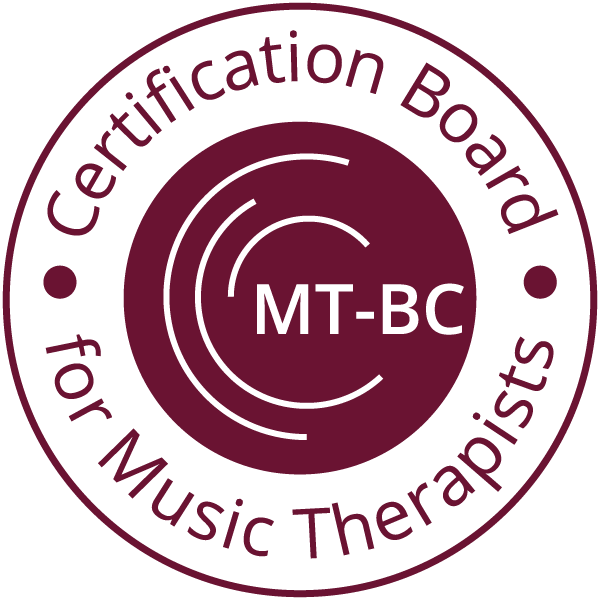
Carrie Friddell, MT-BC, NMT
Owner and Music Therapist for In Harmony Music of Middle Tennessee

